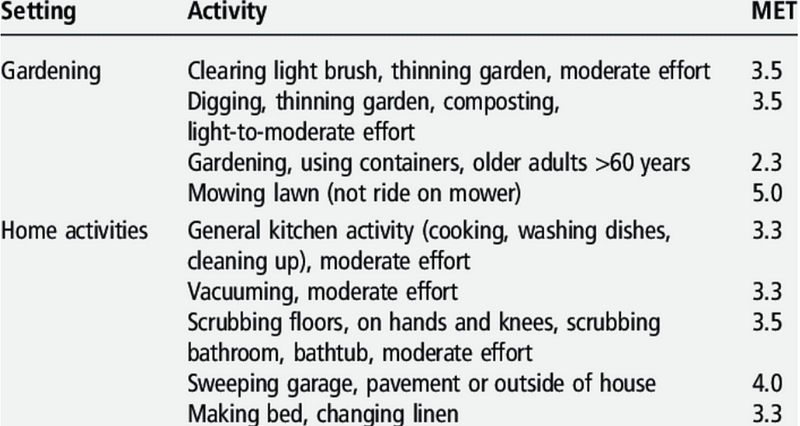Should Everyone Lace Up? Five Crucial Considerations Before Running
Written on
Understanding Your Readiness to Run
Have you ever faced the hassle of filling out a physical activity clearance form? While it may seem tedious, these assessments are ultimately for your safety and well-being. Unlike visits to a gym or clinic, running doesn't usually come with the same level of scrutiny. This leads to an important question: “Is running suitable for everyone?”
For seasoned runners, it’s easy to be enthusiastic about the sport: “Running is beneficial for health, acts as a natural stimulant, and fosters a wonderful community. Everyone should try it!” While I wish I could wholeheartedly agree, the truth is that not everyone is well-suited for this type of exercise.
Before advocating for running, it’s crucial to understand the necessary prerequisites for ensuring both safety and a long-lasting commitment to the sport. Below are five vital areas to consider before hitting the pavement:
1. Chronic Health Issues and Medical Conditions
While many individuals can gain from running, certain health conditions may pose risks. If you are currently managing a chronic illness or have a family history of health issues, consulting with a healthcare professional about your fitness regimen is essential. Here are a few conditions to be aware of:
- Diabetes (Type I/II): Exercise can significantly impact blood sugar levels. If an individual is unsure about how to manage their medication, diet, and activity, they could face serious risks. For those adjusting to new diabetes management plans, running might not be advisable; lower-intensity activities, such as walking or cycling, may be better options.
- Heart Conditions: Chronic heart diseases can elevate risk factors. Surgical procedures may weaken the chest wall, which running could exacerbate. Symptoms like angina and heart arrhythmias can worsen with intense exercise. It’s common for individuals with these conditions to engage in lower-intensity activities, often keeping efforts between 50-60% of their maximum oxygen consumption (V02max) during rehabilitation.
- Arthritis (Osteoarthritis/Rheumatoid Arthritis): In advanced stages of arthritis, where inflammation is prevalent and cartilage is diminished, the high-impact nature of running may not be suitable. Alternative aerobic exercises with less impact, such as swimming or cycling, are generally recommended.

In most chronic disease scenarios, physical activity is both possible and encouraged; however, running may not be the best choice. Given the seriousness of these conditions, obtaining professional clearance and understanding your physical activity limits is essential.
2. Medication Interactions
The correct use of medication in conjunction with exercise is vital for health and safety. Some medications may not be compatible with physical activities, although many can still be used if exercise intensity is moderated.
For instance, beta-blockers can alter heart rates, so employing a talk-test or perceived exertion scale might be more effective than tracking heartbeats. Always consult a doctor when starting new medications to determine how they may affect your exercise routine.
3. Fitness Level
A little common sense goes a long way here. If someone is considering resuming exercise after an extended break, their capacity for high-intensity workouts may be quite limited. A simple walk around the block might feel like a strenuous activity for someone who has been largely inactive.
Light activities like walking, gardening, or household chores are more suitable for easing back into exercise rather than jumping straight into running.

4. Lifestyle Considerations
Running and unhealthy habits don’t pair well. Substance abuse, whether from medications or alcohol, can lead to serious health emergencies, including heart attacks and gastrointestinal issues.
A tragic example is an experienced 29-year-old runner who consumed six pints of beer before a run and tragically passed away the following day. While this is an extreme case, it serves as a stark reminder of our physical limits.
Other lifestyle issues such as sleep deprivation, poor nutrition, and dehydration should also raise red flags for potential runners.
5. Environmental Considerations
Conditions like asthma and heat intolerance should be carefully monitored. While they may not completely prevent exercise, they can limit when and how you train. For instance, a runner with asthma should refrain from vigorous outdoor activities during high pollen counts.
Pay attention to your body, practice patience, and recognize that such considerations will benefit your long-term health.

Running: A Wonderful Sport, But Not for Everyone
For those who enjoy running, remember that the human body has its limitations. It's crucial to monitor all aspects of your health to ensure a sustained running practice. Most importantly, keep in mind that running is not the only form of exercise available. There are countless other options, and individuals may have valid reasons for not choosing running as their primary activity.
Running is a fantastic pursuit, yet it may not be suitable for everyone—and that's perfectly fine.
In this video, explore the numerous benefits of running and discover why you should consider incorporating it into your lifestyle.
Learn how even running just once a week can dramatically change your body and improve your overall health.